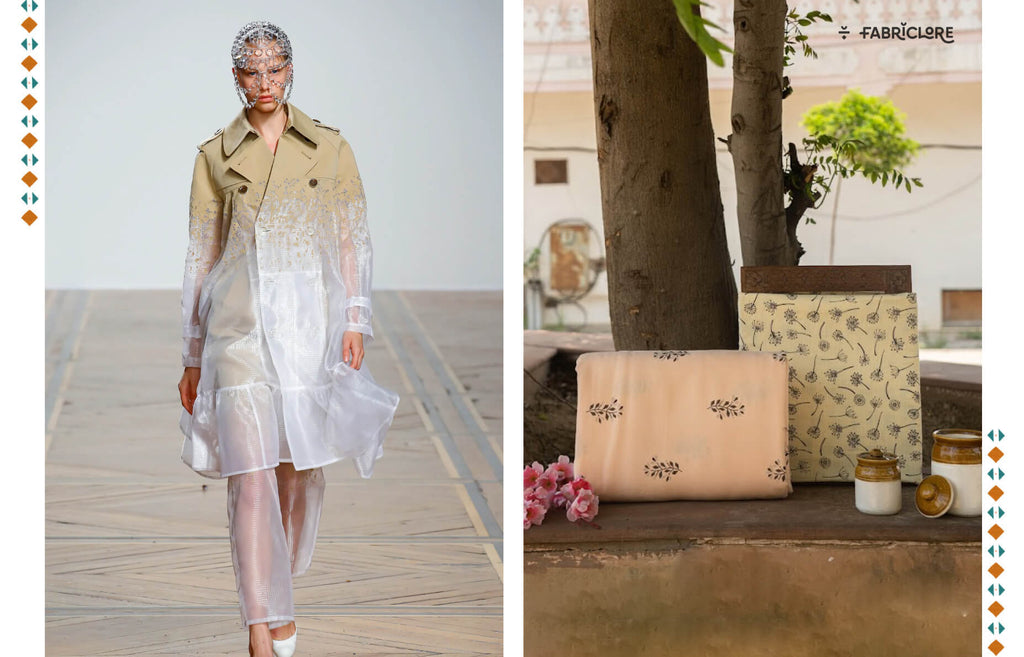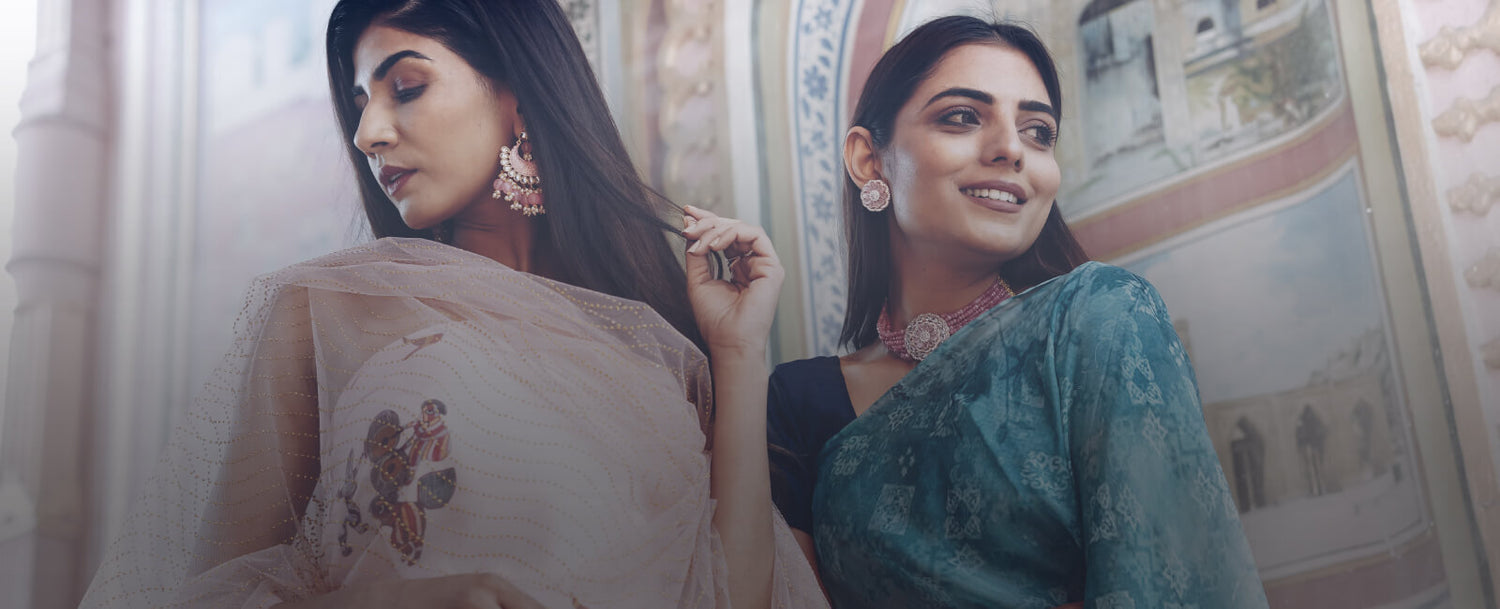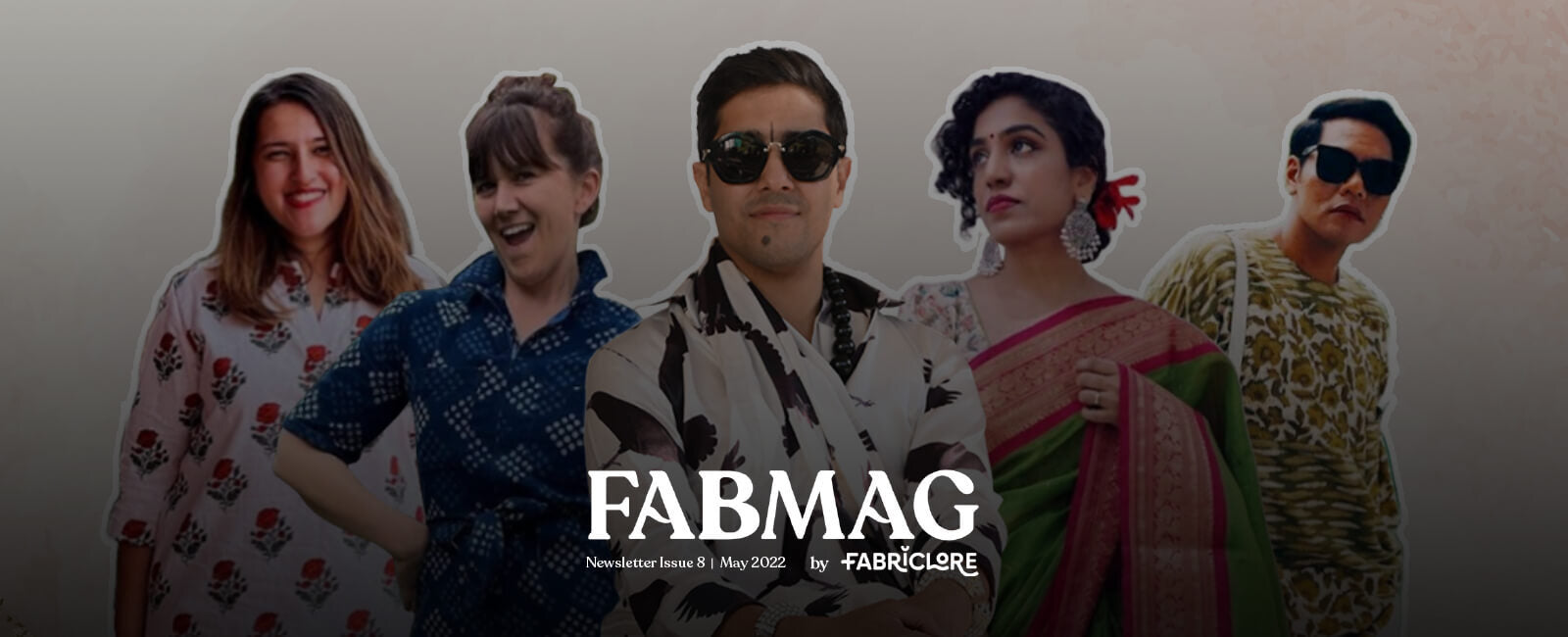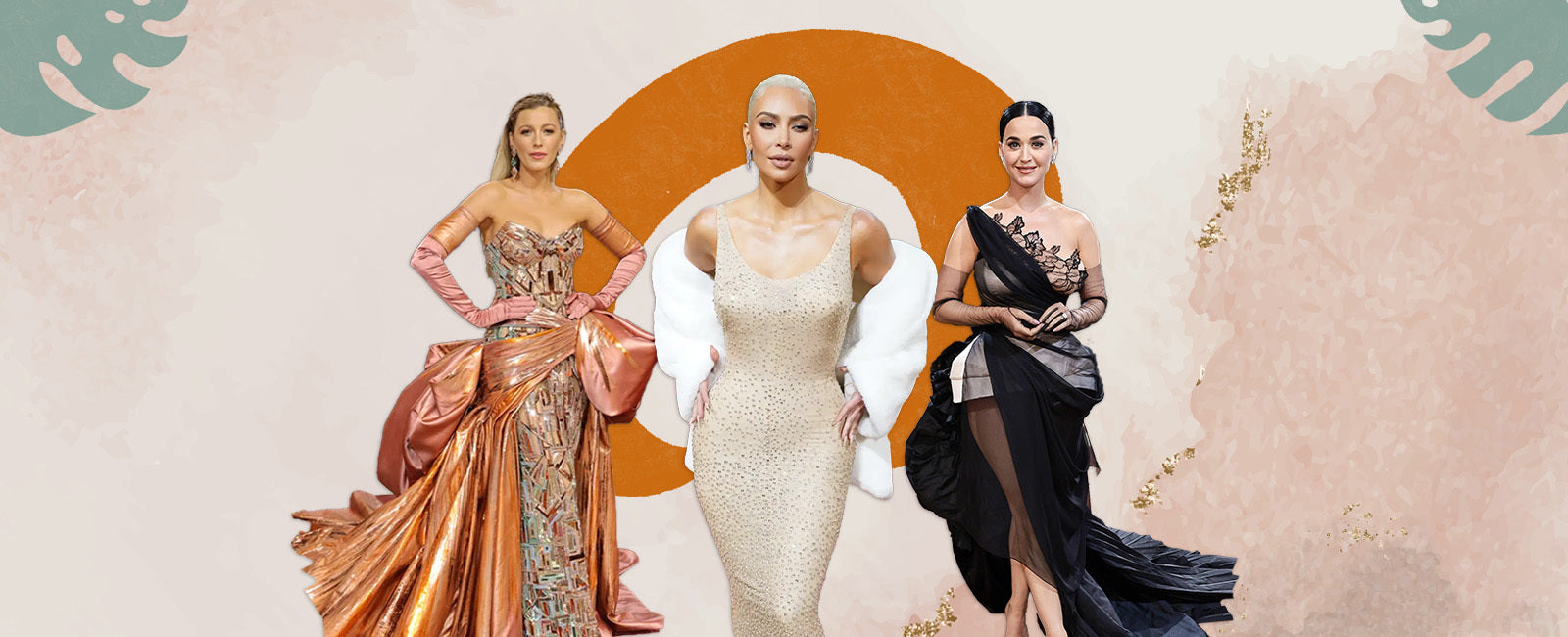Do you print on fabric? or planning to try?
Selecting the correct technique must be a great task for you. As it involves several different types of printing techniques that are evolving continuously. Each type is fitted to a different requirement.
So we have decided to gather everything you need in one place. We really hope this will help your choices easier!
Digital Printing
Are you thinking about restriction-free Printing?
In a gist, Digital printing on fabric works perfectly for printing photos, tonal transitions, and graphically complex designs.
It is just similar to a home inkjet printer. In fact, this technique does not comprise any restrictions on the project itself – you can even print any graphic on the fabric, without any restriction on the number of colors or tonal transitions between the colors. Moreover, the cost of production is lower than screen printing. The cost for printing the first and the hundredth-meter fabric is basically the same.

Screen Printing
If you're looking for a relatively simple technique of printing with fewer colors, then you should go for it!
You should choose screen printing when want to carry out a project with uncomplicated designs. It is a cost-effective technique when printing in huge quantities, as individual printing will be costly and stressful.
The amount of colors used in the project has an essential impact on the cost of printing and sometimes it turns a little bit tough to achieve smooth tonal transitions in print. It can be applied to print, for instance, white patterns on black cloth, mainly applied for printing on ready-made products.

Foil printing
If you're a big fan of shiny effects, then this foil printing method is meant just for you!
This printing is to print some pattern with the foil on the fabric for a glossy effect. It is a specialty printing process that uses heat, pressing factors, and metallic paper (foil). The extraordinary thing about foil printing is that they arrive in a wide range of tones.
Studies recommend that if something looks engaging, it will grab more eye, this goes precisely well for foil printing which stands apart to make a fabric look much more sumptuous.

Photochromic Printing
Ever heard of Smart Print on Fabrics?
Photochromic textiles have gotten more appreciation with the expanding Interest in functional textile materials. Photochromic materials are also referred to as smart materials, as they can change their color by reacting to environmental conditions.
The printed layer on the fabric surface displays the chameleon effect due to UV radiation, leading to changes in their properties.

Calico Printing
Are you a classic Print Admirer? Then let's take you through the tale of exclusive Printing techniques.
It was explained in Indian Literature as calico fabric prints by the prestigious writer “Hemacandra”. In the 17th as well as 18th centuries, calicoes were a significant commodity traded among India and Europe.
Calico, all-cotton fabric woven in plain, or tabby, weave and printed with simple designs in one or more colors. Calico fabrics are usually woven in natural colors. Calico is perhaps one of the most versatile fabrics used today, with an extensive array of purposes. Why?
As calico can involve a huge variety of qualities and can range from soft and sheer, to strong and rough. It’s often used for products like bags, curtains, and furnishings. A huge quantity of calico fabric is bleached and dyed and can be used for almost every item of clothing or household.

These printing techniques suit well for different tasks, some are more versatile than others and can be suitable for a range of needs. In this blog, we've outlined 5 of the most famous printing methods and for what they're known as best. We've compiled tips, advice, and an in-depth comparison to assist you to choose the printing techniques that are best for you and keep the products in your customer's hands for much longer.




